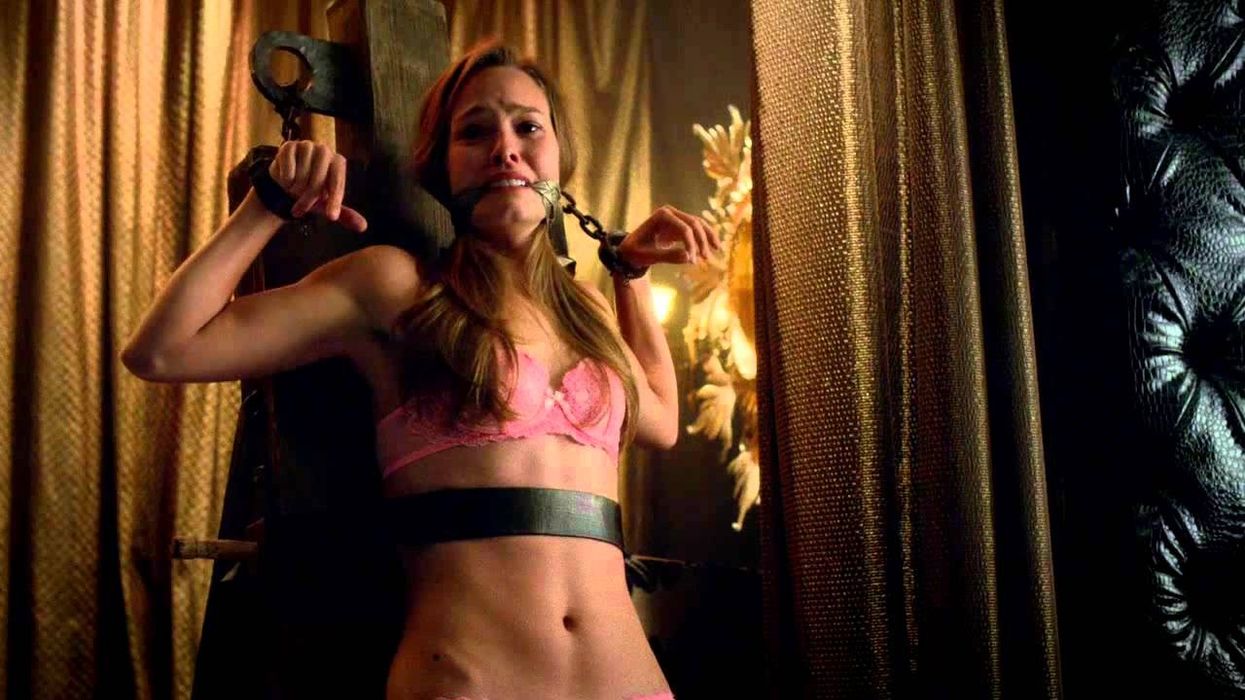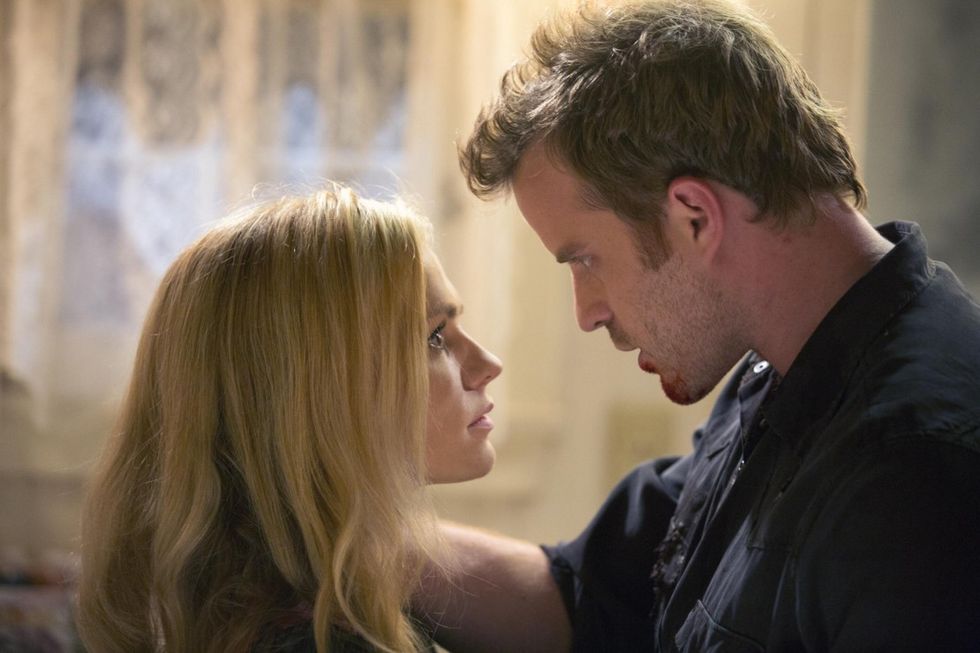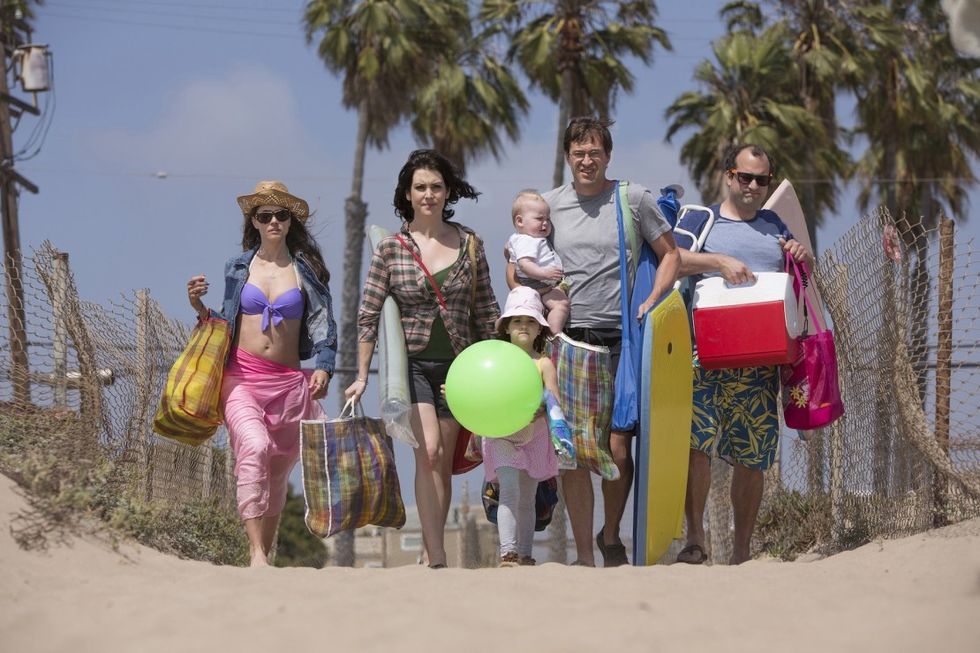5 Basic Things a Director Should Know When Working With a Colorist
Technicolor colorist Roy Vasich, whose credits include True Blood, Eastbound & Down, Scandal, Togetherness, and August: Osage County, shares tips for beginning directors about to work with a colorist.

For emerging filmmakers, having a basic understanding of what a colorist does and how to be prepared for your color finishing sessions helps to ensure you get the exact look you want for your project. This knowledge comes into play from the moment the director conceptualizes the vision for the project, to communicating with their cinematographer on set, all the way through the final steps in the post-production process. Here are five things to keep in mind to ensure a healthy collaboration.
1. Know the colorist's role
At the post-production stage, a colorist is going to work you with and the DP to address the look of the show or film – the color, the density, the luminance levels. While you want to capture in-camera the groundwork for what your final visual goal is, the colorist can come in during production or during post to help ensure that that final goal is fully realized. The colorist’s job is to help tell the story by making the whole piece consistent and seamless. Often projects are shot over several days, weeks, months and in different conditions. A colorist’s job is to come in and put all the color in the same world and make it one continuous story while creating a color-scape that reflects the creatives’ tone for the story. Additionally, many of your favorite films and shows have a consistent, signature look — the colorist helps create that.

You should be prepared and have an understanding of what you and your DP want, because once we get working, the possibilities are infinite. It can be easy for someone inexperienced to get lost. Having a clear vision and communicating with your DP before and during the production process is key. This makes for a seamless transition into post and allows for a consistent, clear visual aesthetic.
"Work sessions take place in a dark room; your eyes can play tricks on you."
3. Take breaks, get up, and go outside
Coloring sessions take place in dark rooms over extended periods of time. Your eyes can play tricks on you. There are many times when someone asks for a change; before I’ve even had a chance to make the change, they’ll say, “Oh yeah, that’s so much better.” It happens often. You have to realize that often you’re simply seeing what you want to see. It’s helpful to get up and get out of the room after of couple of hours to re-adjust your eyes and look at something else. Your eyes will adjust to what you’re seeing. Work sessions take place in a dark room. For example, if you’re working on a moody, dark project for a couple of hours, there can be a tendency to make the color darker, and darker, and darker. After you get up and go outside then come back, you realize you can’t even see anything in the picture anymore.

4. Know the basic technology
It’s definitely helpful to be aware of all of the technology that’s out there. But to a certain point, the colorist carries the burden and lends the project the best technology and tools that are available. This is obviously budget-dependent, but a colorist will use the best tools within the means of the production to help achieve your goals. Technology is constantly evolving, so at the end of the day you don’t have to know how to build a plane and fly one, but you need to know how to buy a ticket. Same thing here – do your research, be able to communicate with your colorist, then we’ll deliver what you want with the appropriate technology at our disposal.
5. Recognize that it's a creative partnership
You should have a definite idea of what you want your project to look like, but it's important to also interact with your colorist to make it is a true collaborative process. Tell them what you want, but be receptive to creative input. Colorists understand that filmmakers are passionate about their projects. We’re also passionate about our craft and will treat projects with respect. It’s a creative partnership.
Follow Roy and Technicolor’s entire team of colorists at @TechnicolorCrea on Twitter for news, director, DP, and colorist video interviews, and film trivia with prizes.











